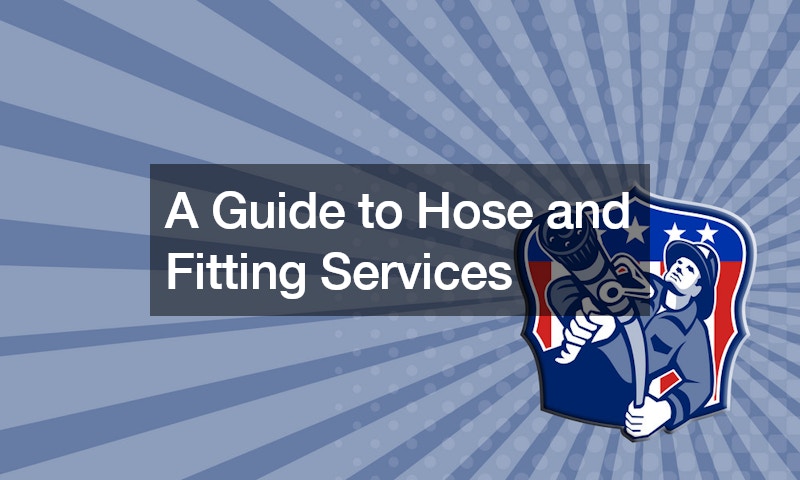
Although fittings are standard across the board, the hoses and how you crimp them on can be different. This guide provides a rundown of the different fittings. JIC (Joint Industry Council) is the most common type. It has a 37-degree flare on it. Seal face o-ring fittings use an O-ring to keep the hydraulic fluid from leaking.
But they can leak if you tighten them too much.
Meanwhile, NPT (National Pipe Thread) isn’t good for hydraulics because they don’t seal well. On the other hand, boss fittings use an O-ring to seal the fluid, and they’re a good choice. You’ll often see them on things like function manifolds and valves.
Hoses carry all sorts of fluids from one place to another. They can be made of rubber or PVC, depending on what they’re carrying and where they’re going. However, without fittings, hoses would just be sad, limp noodles. But with the right fittings, you can make sure everything stays tight and leak-free.
Choosing the right hose and fittings can be a bit of a puzzle. You’ve got to consider things like the material, the size, the pressure it can handle, and where you’re going to use it. It’s like putting together a giant Lego set, but with way more important consequences if you mess up. But fear not, because this guide is here to save the day.
It’ll walk you through everything you need to know. From understanding different types of hoses to picking the perfect fittings for your needs. That way, there’s no more guesswork. You get reliable hoses and fittings service info to help you get the job done right.




